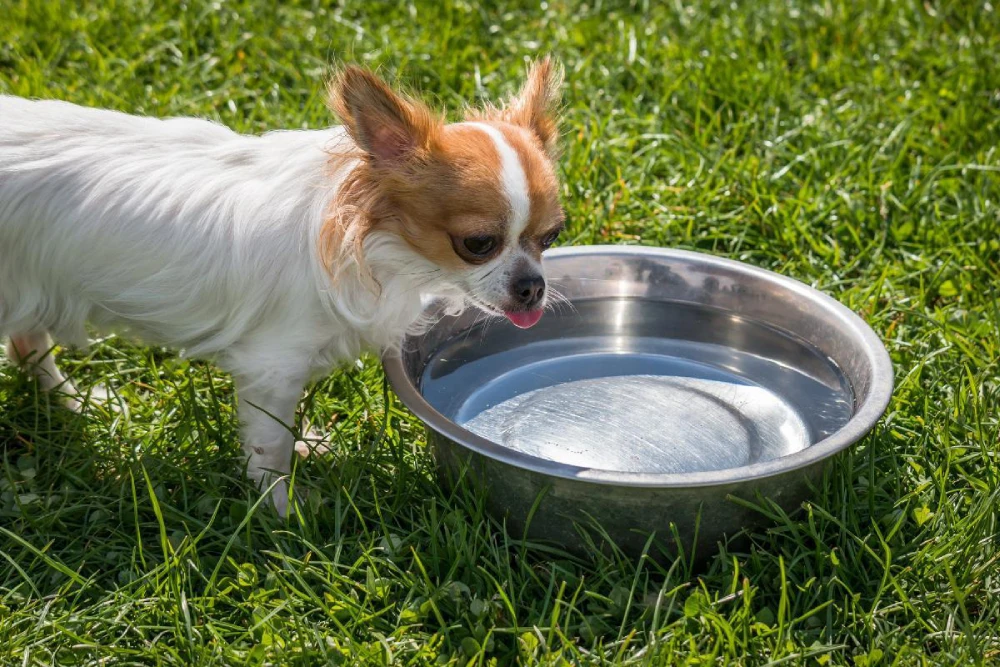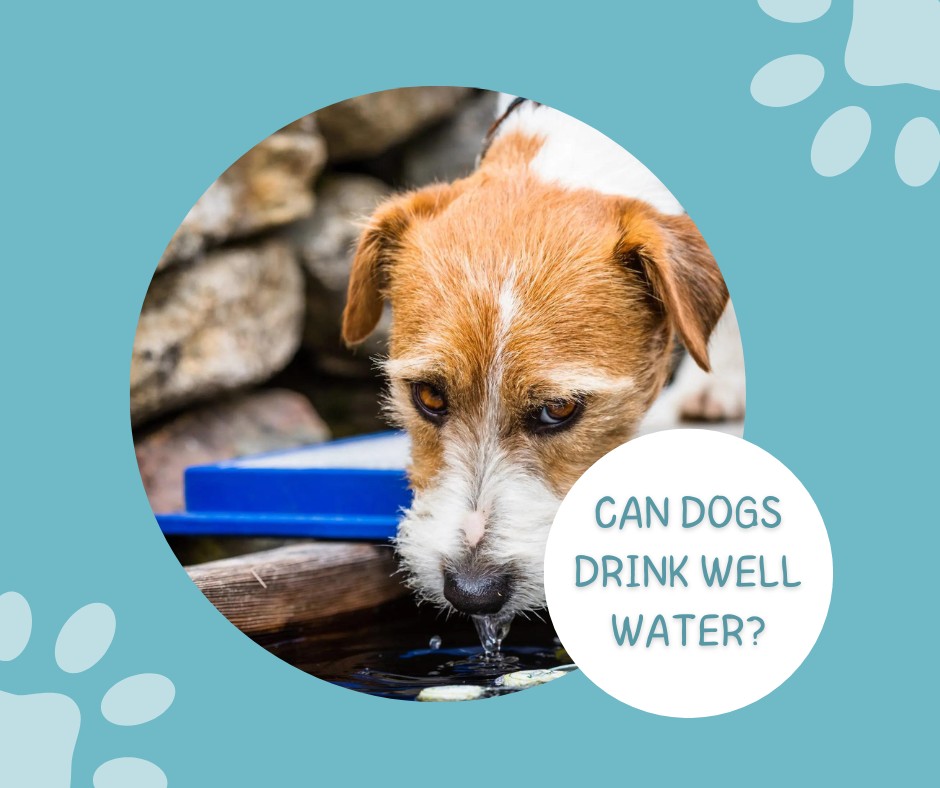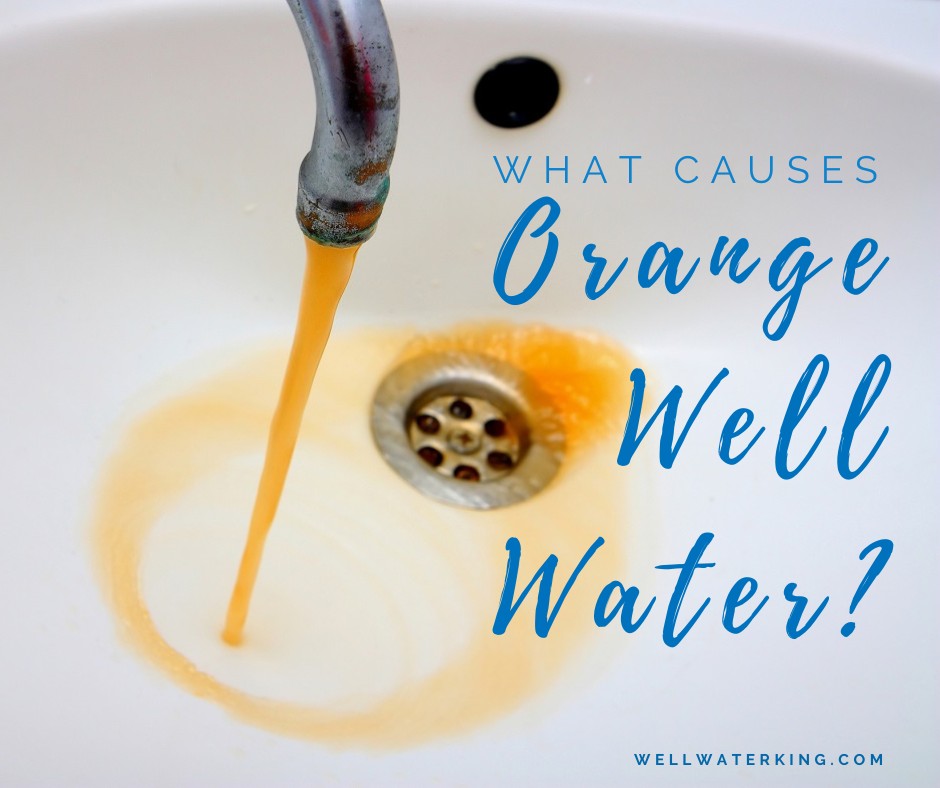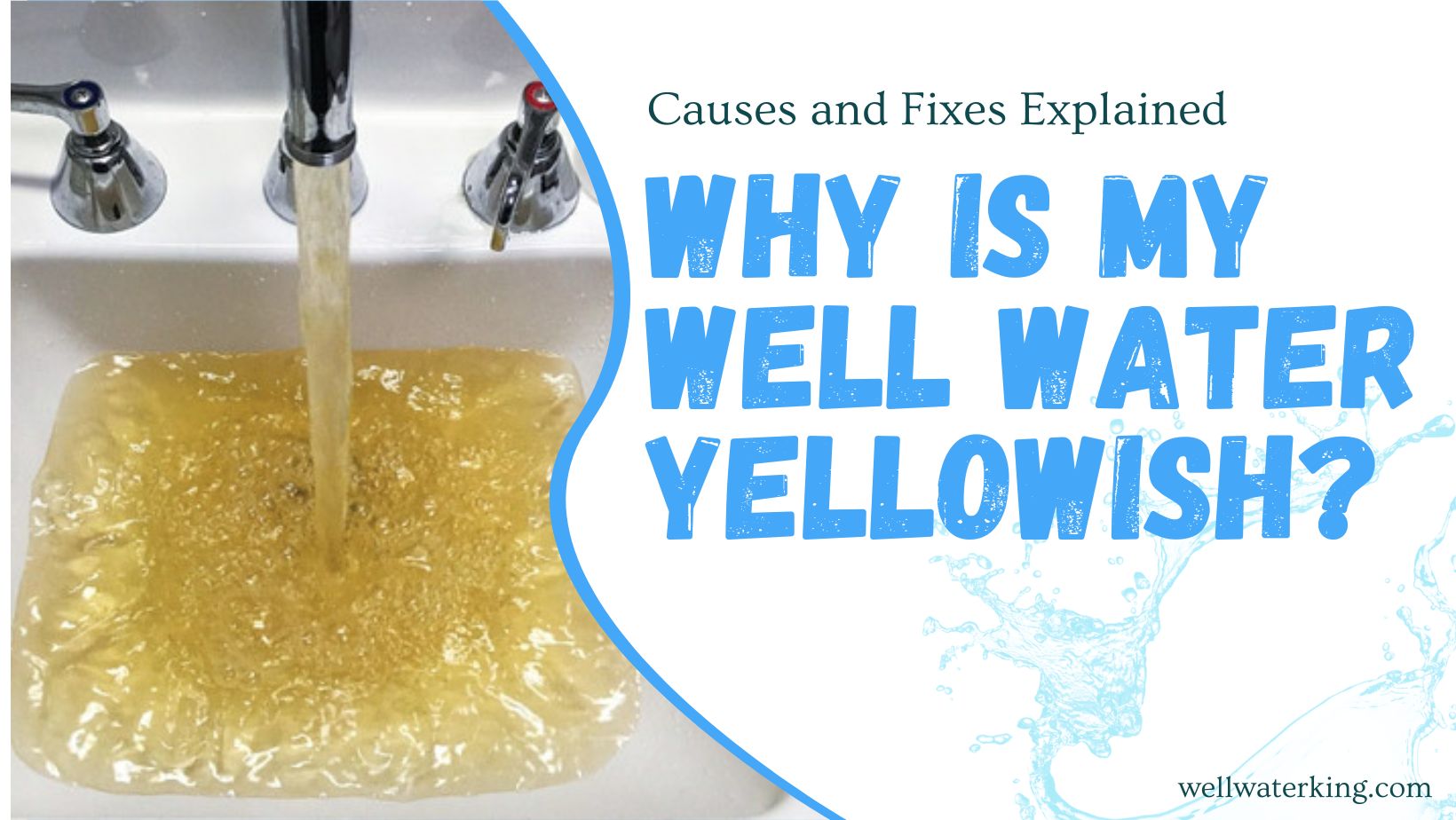Have you ever paused, just as you’re about to fill your dog’s water bowl from the well, and wondered, “Can Dogs Drink Well Water?”
For many, well water is a staple source of hydration. It’s crisp, fresh, and seemingly untouched by the modern world’s contaminants. But when it comes to our beloved pets, ensuring their safety is paramount.
As natural as well water may seem, it brings forth a slew of questions: Are there hidden dangers lurking beneath the surface? How does well water compare to other water sources for dogs? And importantly, what benefits might it offer over store-bought or tap water?
In this comprehensive guide, we’ll dive deep into the world of well water, separating fact from fiction, and ensuring you’re equipped with all the knowledge you need to make the best choice for your canine companion.
is well water bad for dogs?

Well water, drawn directly from the ground, can offer a fresh and natural source of hydration. However, the very nature of its origin means it bypasses the treatment processes municipal water undergoes, potentially leading to several health concerns for your pets, particularly dogs. Let’s delve into the most common health risks associated with well water.
- Iron and Manganese Overload
- What’s the Risk?: These two minerals, while essential for bodily functions in moderate amounts, can be harmful in excess. Consuming well water with heightened levels of iron and manganese can lead to digestive issues, a condition called hemochromatosis, and even teeth staining in dogs.
- Why It Happens: Natural geological formations often release these minerals into groundwater, causing elevated concentrations in some well sources.
- Bacterial Contamination
- What’s the Risk?: Harmful bacteria, like E. coli or salmonella, can make their way into the water source. Consumption can lead to gastrointestinal problems, diarrhea, vomiting, and even severe infections in dogs.
- Why It Happens: Wells, particularly those that are shallow, can be susceptible to surface water intrusion, which might carry these bacteria.
- Pesticides and Herbicides
- What’s the Risk?: Traces of toxic chemicals, used in farming and gardening, can seep into groundwater. When ingested by dogs, these chemicals can lead to long-term health issues or immediate toxic reactions.
- Why It Happens: Wells located near agricultural zones or gardens might be affected by runoff, especially after heavy rains, leading to contamination.
- Nitrates
- What’s the Risk?: These chemical compounds can impact the ability of the blood to carry oxygen. It’s a condition known as methemoglobinemia, and it’s particularly dangerous for young puppies.
- Why It Happens: Agricultural runoffs, rich in fertilizers, often carry nitrates. These compounds then penetrate the soil and reach groundwater sources.
- Presence of Heavy Metals
- What’s the Risk?: Toxic metals like arsenic, lead, or cadmium can sometimes be found in well water. Chronic exposure can result in a series of health issues in dogs, ranging from gastrointestinal problems to neurological disorders.
- Why It Happens: Natural leaching from certain rock types, industrial processes, or even old pipes can introduce these metals into well water.
What Type of Water is Best for Dogs?
Water is the elixir of life for every living being, including our beloved dogs. As dog parents, we constantly seek to provide the best for our furry friends. When it comes to hydration, the quality of water becomes crucial. Let’s explore the different types of water available and which ones might be the most beneficial for dogs.
| Type of Water | Pros | Cons |
|---|---|---|
| Tap Water | Readily available, often treated to remove harmful pathogens, and generally has added fluoride which can be beneficial for dental health. | May contain chlorine, heavy metals, or other chemicals which, while deemed safe for human consumption in regulated amounts, might not always be ideal for dogs. |
| Bottled Water | Convenient for on-the-go hydration, usually free from contaminants present in tap water. | Not environmentally friendly due to plastic usage, can be expensive over time, and the quality can vary by brand. |
| Filtered Water | Removes most contaminants found in tap water, including chlorine, heavy metals, and certain bacteria. | Requires an initial investment for a good filter system and regular maintenance or replacement of filter cartridges. |
| Well Water | Natural source, can be rich in beneficial minerals. | As discussed earlier, it can contain harmful bacteria, pesticides, and heavy metals. Regular testing is crucial. |
| Distilled Water | Highly purified, virtually free from all contaminants. | Lacks natural minerals found in other water sources which can be beneficial in moderation. Continuous consumption might not be ideal. |
| Spring Water | Sourced from natural springs, it often tastes fresher and can be free of many contaminants found in tap or well water. | Quality can vary based on the source. |
For daily consumption, filtered water or regularly tested well water (if you’ve ensured it’s free from harmful contaminants) are excellent choices for dogs. They strike a balance between purity and the presence of beneficial minerals. In situations where you’re uncertain about water quality, especially when traveling, bottled water can be a safe, albeit less eco-friendly, choice. Remember, the main goal is to provide clean and safe hydration to your canine friend. Regularly changing and cleaning their water bowls can also help in ensuring they get the best quality water every time they take a sip.
Why Won’t My Dog Drink Well Water?

Dogs have an innate ability to detect things that might be harmful or simply off-putting. If your furry friend is turning up their snout at well water, there could be several reasons behind this behavior:
- Taste and Smell Differences: Well water might have a distinct taste or smell due to the presence of natural minerals, gases, or even contaminants. Dogs have a highly developed sense of smell and taste, much more so than humans. If the water tastes or smells “off” to them, they might be hesitant to drink it.
- Sudden Change: If your dog was previously drinking a different type of water (e.g., tap or bottled) and you suddenly switched to well water, they might be wary of the change. Dogs, like humans, can be creatures of habit.
- Past Negative Experience: Dogs have good memories when it comes to negative experiences. If they’ve had an upset stomach or any adverse reaction after drinking well water in the past, they might associate the water with that unpleasant experience.
- Presence of Contaminants: While we’ve discussed the potential health risks of well water, some contaminants might not be harmful but can make the water less appealing. For instance, high sulfur content can give the water a “rotten egg” smell.
- Temperature of the Water: This might sound trivial, but some dogs have a preference when it comes to the temperature of their drinking water. If well water is too cold or too warm compared to what they’re used to, they might refuse it.
- Bowl Issues: It’s not always the water itself. The bowl’s material, cleanliness, or even its placement can affect a dog’s willingness to drink. For instance, a metallic bowl can sometimes impart a taste to the water, especially if the water has a slightly acidic or alkaline pH.
- Solutions: If you suspect the refusal is due to the well water’s quality, it’s essential to have it tested. If contaminants are found, treatment or sourcing alternative water for drinking might be necessary. Gradually introducing the new water type by mixing it with the old one can also help in acclimatizing your dog to the change.
Remember, hydration is crucial for your dog’s health. If they consistently refuse to drink, consulting a vet is essential to rule out any underlying health issues and get guidance on ensuring proper hydration.
How to Test Well Water for Dogs
- Water Testing Kits: Easily available online or in stores. These kits generally test for pH, hardness, and some contaminants.
- Laboratory Testing: For a detailed breakdown, send a water sample to a lab. They can identify a wide range of contaminants.
- Common Contaminants to Test For: Beyond bacteria, test for nitrates, heavy metals, and pesticides.
- Interpreting Test Results: Understand the safe levels for each contaminant. If unsure, consult with a vet or water expert.
- Treatment Options: Depending on results, you might need water filters, purification systems, or to treat your well directly.
In Conclusion: The Well-Being of Our Canine Companions and Well Water
Water is fundamental to life, and for our furry friends, the quality and source of that water can have a significant impact on their health and well-being. Well water, with its natural origins, can be both a boon and a bane. On the one hand, it can offer a rich source of beneficial minerals and an absence of added chemicals. However, its untreated nature also opens the door to potential contaminants that can pose risks.
From iron and manganese to harmful bacteria and pesticides, there are various factors to consider when providing well water to dogs. It’s crucial to regularly test this water source and treat it if necessary, ensuring it remains safe and healthful for our pets.
Different types of water come with their own sets of pros and cons. While tap water is easily accessible, filtered water offers a balanced solution by removing potential contaminants. Bottled water can be an alternative, especially when traveling or in doubt about water quality, but it’s essential to remember its environmental implications.
If your dog hesitates or outright refuses to drink well water, it’s essential to explore the reasons, which can range from taste and smell to past negative experiences. Always prioritize their hydration and consult a veterinarian if concerns arise.
In wrapping up, the well-being of our dogs hinges on many factors, with water quality being paramount among them. By staying informed and proactive, we can ensure that our loyal companions remain happy, healthy, and hydrated. Cheers to many more tail-wagging moments by the water bowl!





